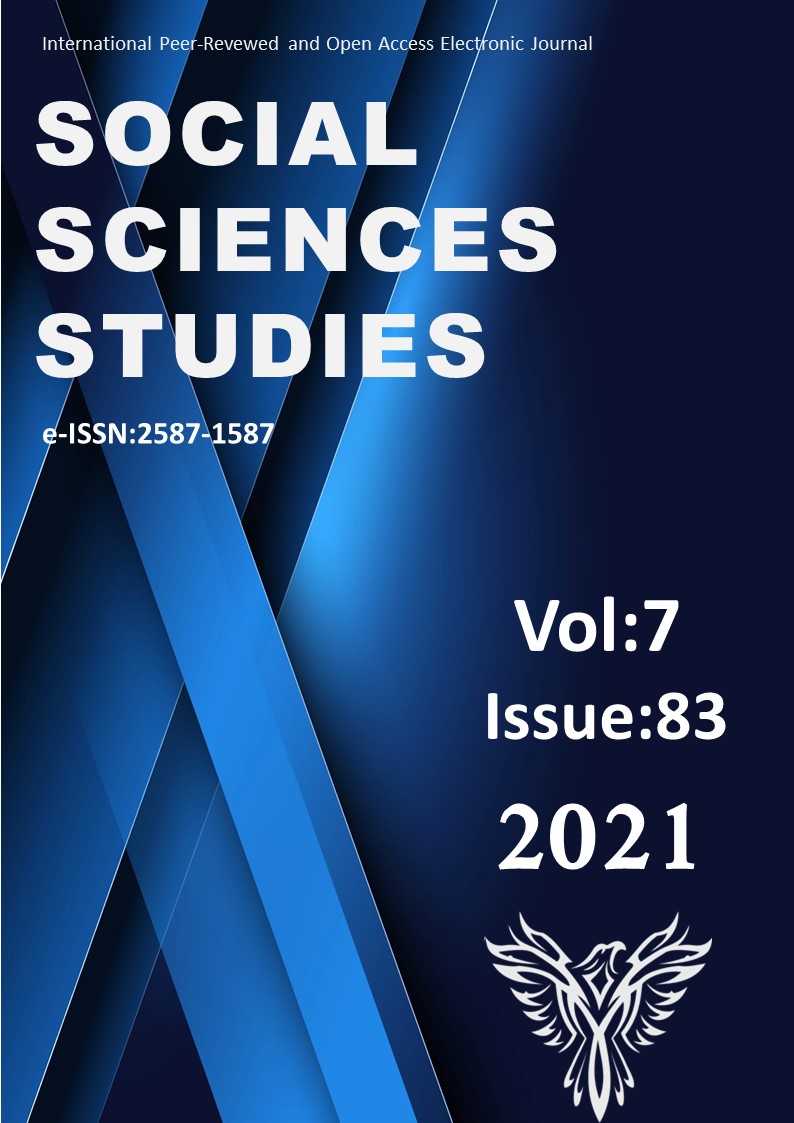Author :
Abstract
Kentleşme olgusu, bir yerleşmenin nüfusunun artması ve artan nüfusa dayalı yapılan planlamada, sosyal ve teknik alt yapının dengeli olarak dağılımını gerektirir. Kısaca ifade edilen kent yapısındaki bu planlama gerekliliği sadece kentsel alanın ekonomik, yapılaşma ve gelişmeler olarak değil, mekansal olarak sosyal ve kültürel yaşam alanı bağlamındada verilere dayalı oluşturulması gerekir. Bu yönüyle sosyal altyapı alanındaki mekan güvenliği ve kullanımında, kentte ve kentin mekanlarında yaşayan toplumun yaşam kalitesini içeren verilere ve bunlara dayalı analizlerede ihtiyaç vardır. Planlı herhangi bir kent sosyal ve teknik altyapıyı dikkate alırsa kentsel yaşamı, dengeli oluşturulmuş mekanları ve mekan kullanımındaki planlama kararlarını sosyal altyapı ve güvenlik verilerindeki eksikliklerde incelemeledir. Bu araştırmada Amasya kentsel alanının kentleşme gereği olması gereken sosyal ve teknik alt yapısı incelenmiştir ve bu analize göre kentin mekânlarının yaşanabilir standartları ortaya konulmaya çalışılmıştır. Kısacası bir kentin imar planının hazırlanmasında, sadece fiziki plan değil, oluşacak olan kent mekanlarının sosyal ve kültürel yaşam alanındaki rolüde düşünülmelidir. Bu yönüyle konu ele alınarak Amasya kentsel alanının, kentleşme gereği olması gereken sosyal ve teknik alt yapısı incelenmiş olup bu analize göre kentin mekânlarının yaşanabilir standartları ortaya konulmaya çalışılmıştır. Dolayısıyla bir kentin planlanmasının sadece fiziki plan olarak değil, mekan, sosyal yaşam, sosyal ve teknik alt yapı yönünden de planlanması gerektiği üzerinde durulması gereği saptanmıştır. Çünkü bir kentin ekonomik, teknik, vb. gerekliliklere dayalı oluşturulan fiziki alan kullanımını mekansal alan kullanımı boyutunda da gerekli verilere dayalı analiz edip plan kararına yansıtılması gerekir. Bu gereklilik insanın yaşam hakkı gereği yapılması gerekirken sadece nüfus, yerleşim alanı ve nüfusun gereksini olan hizmetlerin dengeli olarak planlanması olarak yapılmaktadır. Sonuç olarak kentleşme sürecinde oluşmuş bir kentsel alanda mekânların suçlu yaratan öğeler değil, yaşanabilir olmasını sağlayan gereklilikler olduğu sonucuna ulaşılmaya çalışılacaktır. Bu araştırma ile, bir kente ki mekansal alanların yaşam kalitesi ve yaşam güvenliği yönüyle değerlendirme yapıp olması gereken yapılacaktır ve planlama önerileri ele alınacaktır.
Keywords
Abstract
The population growth resulting from urbanization requires that a balanced distribution of the social and technical infrastructure be a priority in urban planning. In this specific component of urban planning, the urban structure should be designed on the basis of various data, including the economic, construction and development features of the urban area, as well as the spatial dimensions of the social and cultural living spaces. It is important that the data related to these areas include quality of life measures of the inhabitants of the city and its spaces, and that the data be analyzed according to the security of the spaces and their functions in the social infrastructure. In designing the social and technical infrastructure, urban lifestyle, well-balanced spaces, use of space, deficiencies in social infrastructure and security issues must be taken into consideration. In this research, the key features of urbanization, namely, the social and technical infrastructures, of the urban area of Amasya, were examined to ascertain the livable standards of the spaces of the city. In preparing the development plan of a city, not only the physical plan, but also the role of the urban spaces in the social and cultural living area should be considered. In other words, urban planning should not only involve a city’s physical design but also it spatiality, social life, and social and technical infrastructure, as the use of a city's physical space that has been created based on economic and technical requirements needs to be analyzed in terms of spatiality. This requisite feature of urban planning should be centered on the human right to life and therefore understood as the means to create a balance between the population, the residential area, and the services required by the population. This study aims to show that in the urban areas formed out of urbanization processes, spaces must be created so as not to be elements conducive to breeding criminals but rather, to serve to facilitate the well-being of its inhabitants. To accomplish this task, this study evaluated the spatial areas in the city of Amasya in terms of quality of life and life security and proposes planning suggestions from the results obtained.





